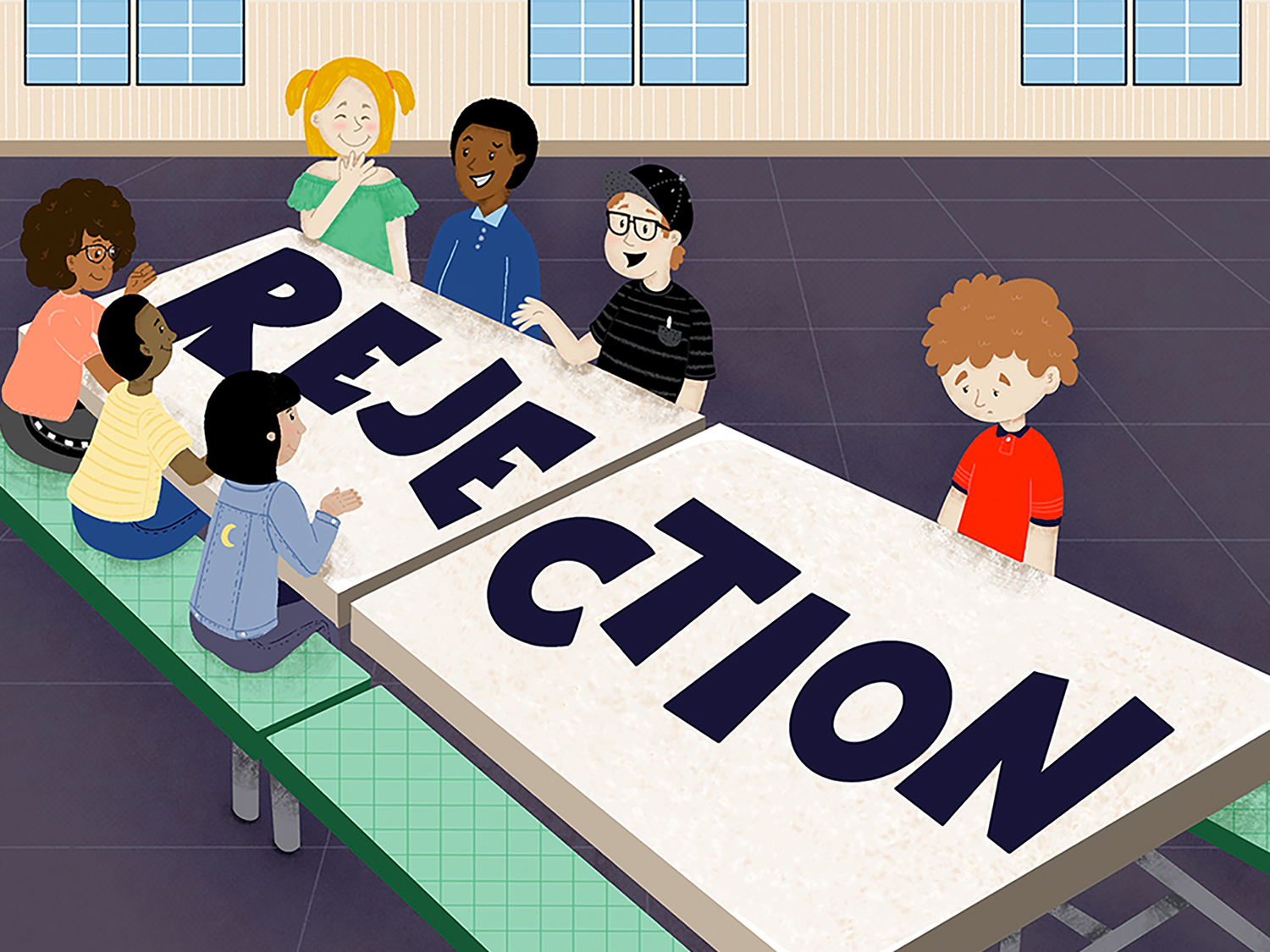We all face rejection at some point — but overcoming rejection and transforming the experience into something useful isn’t easy. In particular, young children may not understand or be equipped to handle such situations and the emotions they provoke. For instance, your child may be confused as to why they are excluded from certain friend groups at school when they’ve made every attempt to be a good friend.
By age 5, most children have reached a stage of social and emotional growth in which they are developing close friendships, admiring others, and wanting to be admired in return. They are also interested in self-expression: singing, dancing, and performing. You can imagine how high emotions run when these impulses to be oneself and to fit in at the same time converge. It’s inevitable that your child will experience rejection in some form during the early years of student life.
Fortunately, at this age, children are also making strides when it comes to language and literacy: They’re asking big questions they want to answer themselves and making inferences where something is not explicitly stated. It’s a great time to turn to books for sizing up real-life problems.





